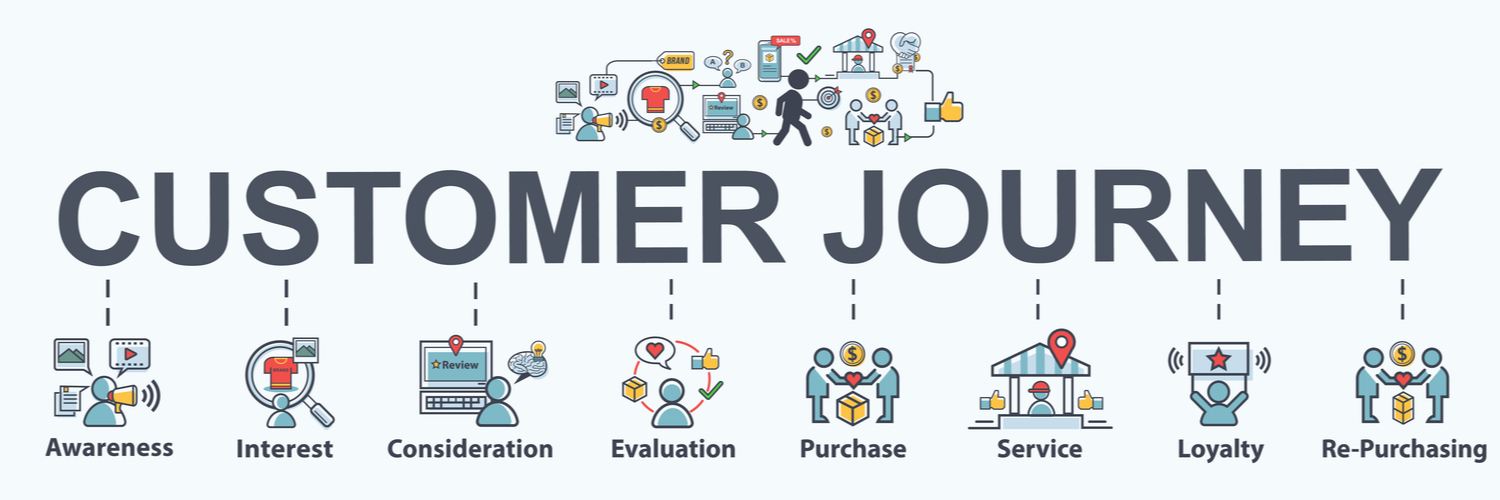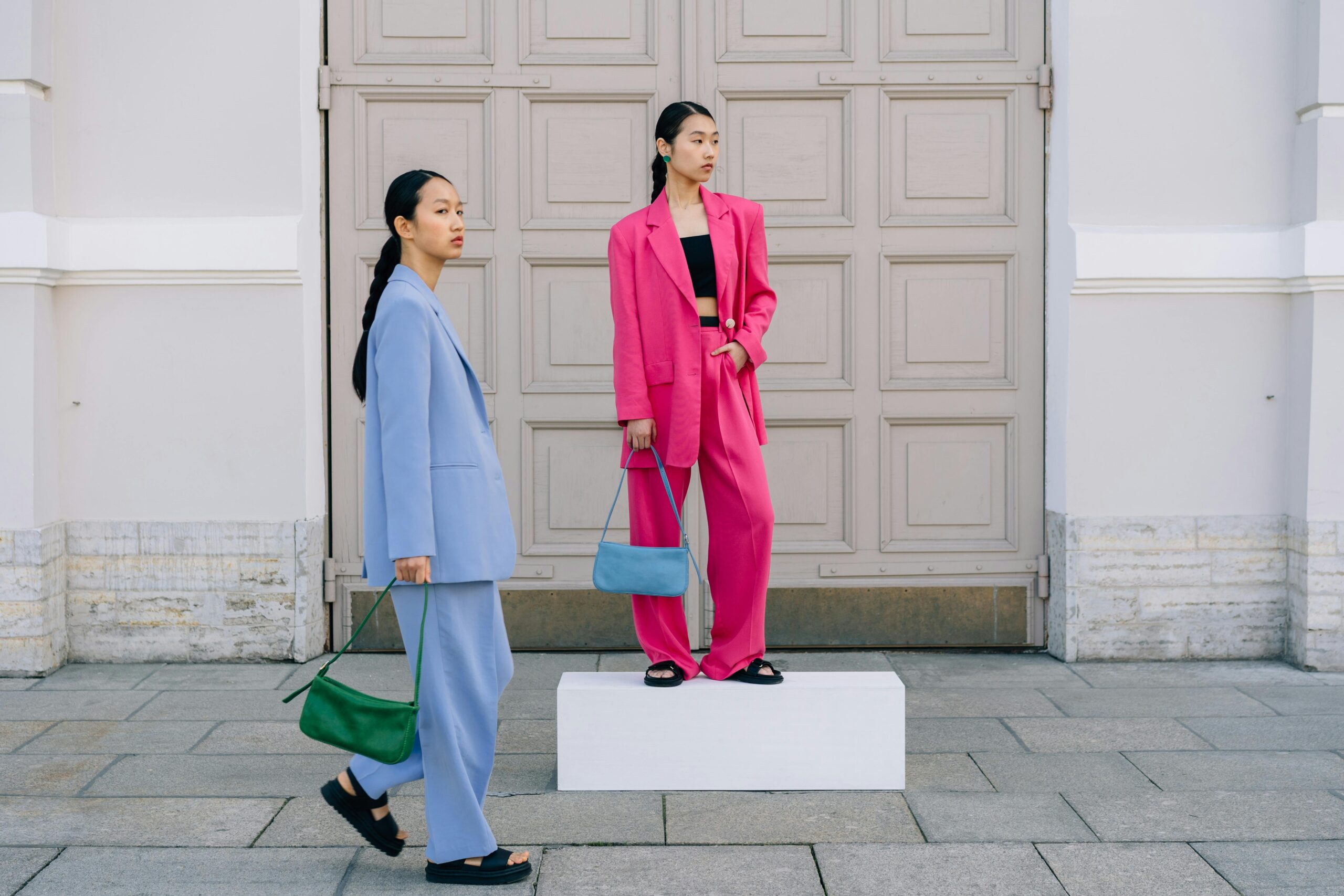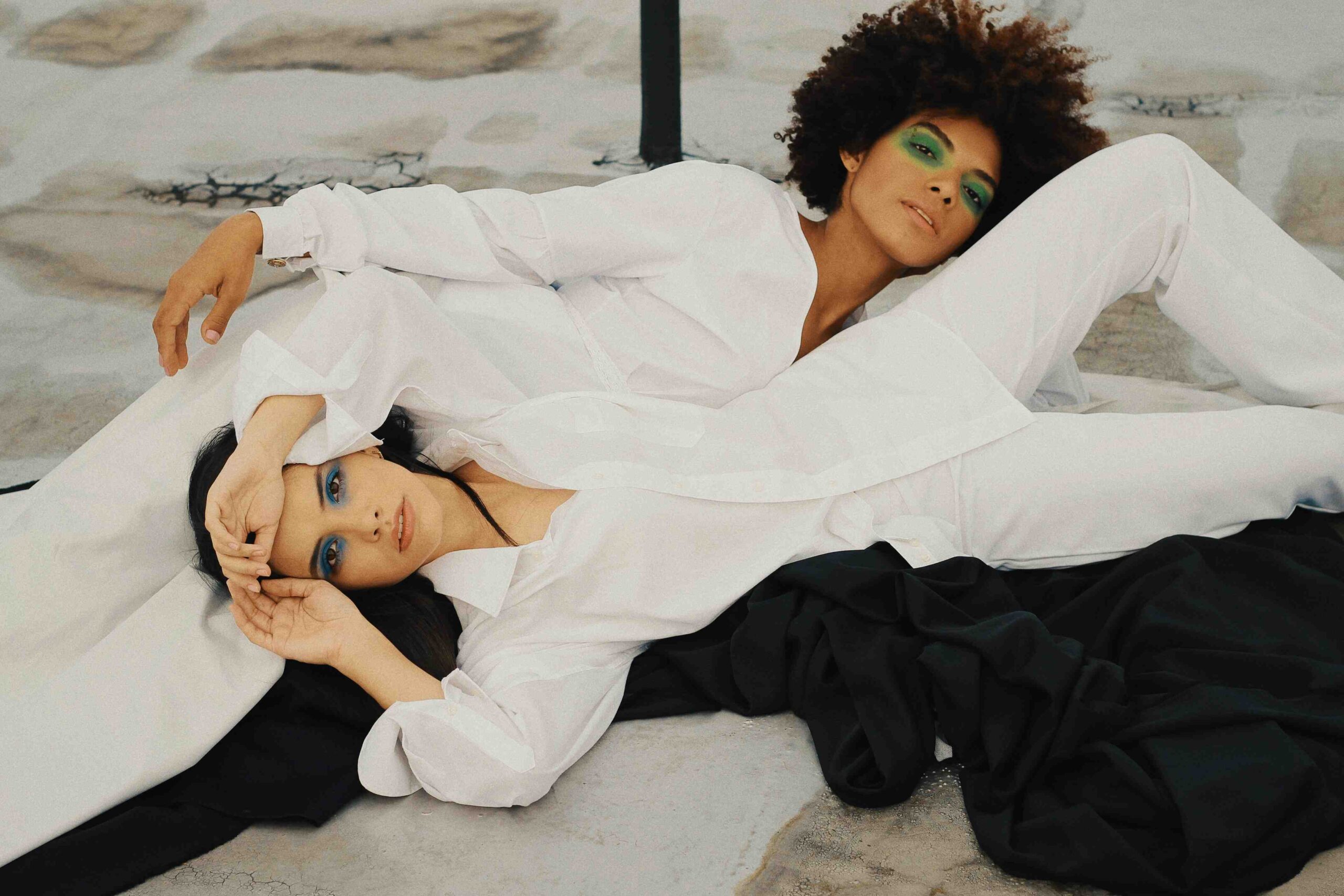Straight to the point
The online fashion market already understands that prioritizing a good Customer Experience is strategic to increase brand recognition and growth.
This acknowledgment is correct and has a lot to do with the digital maturity of customers and what they expect from brands when they are considering, researching, or actually buying products/services.
Even so, for many fashion e-commerce managers and analysts, what can be done or prioritized to improve the experience is still a mystery. The purpose of this content, then, is to put this concept into practice and fully understand what can be done.
For this, we will emphasize the meaning of the Customer Experience and relate it to the purchase journey in fashion e-commerce.
In addition, we clarify how focusing on this can increase revenue and improve the health of your business in the long term. Let’s begin.
What is the Customer Experience, and why is it important?
Going beyond direct interactions, the Customer Experience encompasses the sensations, feelings, and perceptions that users have when coming into contact with services, products, or systems, either during or after their use.
As you can see, this pulverizes the Customer Experience at different times, from when the user is impacted by an ad, accesses the page, navigates between alternative products and purchases, and goes through the receiving phase and the post-purchase experience.
Throughout the journey, all points of contact between the customer and the brand, regardless of the source (website, social networks, support or after-sales) are what make up the Customer Experience. In addition, it can be a remarkable experience (a positive perspective that generates brand recognition) or the complete opposite of that (a negative experience).
In a hyper-competitive context, with many brands and e-commerce competing for the attention and loyalty of similar audiences, offering the best experience is an extremely strategic thing to do.
Let’s explore the Customer Experience in fashion eCommerce even further now!

What is the difference between Customer Journey and Customer Experience
As mentioned above, when thinking about developing the Customer Experience, it is important to remember another concept: the Customer Journey. This concept is broader and represents all of the stages of awareness that someone goes through when they have some kind of need that may or may not be met by products or services.
An example of this is when we are invited to a party, but we realize that we don’t have the proper clothing for the event. Then we scroll through the internet looking for something, we go to the store to try on the garment, and decide whether to purchase it or not.
This entire experience is what we identify as the customer journey.
In this example, the customer’s experience appears from the moment they begin to look for an outfit that they like, then they actually purchase it and feel satisfied, or not, with their purchase.
Looking back at the Customer Journey is important because the Customer Experience is embedded within this broader context. And not only that, but also because the Customer Experience improvement strategy is heavily dependent on the Customer Journey (with their needs, expectations and satisfaction from that).
In order for us to think about the Customer Experience, the complete journey needs to be designed for the different personas served by fashion e-commerce.
The design of personas and their path is essential for any e-commerce that works in the digital realm, but in case you haven’t created one before, this video here can help you with that!
Why fashion e-commerce should pay attention to the Customer Experience
With the rise of online sales, it became even clearer how important it was to focus on generating demand. Brands need to invest in changing purchasing behaviors to convince their customers to buy online.
Over time, changes in purchasing behavior have led more people to purchase a large range of items online, from consumer durables to fashion items.
This behavior was even profoundly marked by the Covid-19 pandemic. It was during this period, that the online purchase preference between types of products changed drastically, as this survey by Statista shows, causing some suppliers to have to deal with an absurd demand, as opposed to others that had great difficulty in maintaining their market afloat.
But even before Covid-19, another transformation was already quite accelerated. We see a shift in mindset; brands that focus exclusively on customer acquisition transition to brands that seek retention, prioritizing the Customer Experience. Also read the post “6 retention strategies in fashion e-commerce” .
The adjustments in the Customer Experience in all contact channels, added to the effort involved in maintaining this new focus, will ensure long-term competitive differentials that will allow for the company to prosper among the competition.
In the fashion e-commerce scene, this new vision, now focused on retention, requires a holistic view (considering the whole picture) and a review of positioning, processes, tool options and policies. The new drive is the quest to improve in order to satisfy users and retain their presence through providing positive experiences.
The magnitude of this can, at first, bring a certain dose of uncertainty for those who are operating fashion e-commerce, since many improvements can bring gains in terms of Customer Experience.
However, answering questions can help fashion e-commerce to have more clarity about where to initially place more energy on.
How to improve the Customer Experience in fashion e-commerce
Now that we’ve localized the concepts and understood the strategic role of improving the experience, it’s important to try to simplify the practical application of the improvements. Where do we begin?
Map the Customer Journey
We’ve already talked about the Customer Journey, and you can also understand why it’s essential. In short, we need to be able to visualize all the steps that the user takes to identify their points of contact with our product/service, in order to be able to improve the process.
List all the critical points you find on the journey
It is not useful to imagine that we will be able to solve all the critical points of the consumer’s experience with a fashion brand. However, having all the topics mapped out allows us to find the ones that “hurt the most” and that need to be fixed the fastest.
With that in mind, we can find friction points such as:
- Usability issues of the platform chosen for the store;
- Mismatch of target audience between what we communicate and the customers we have;
- Complaints about the service offered;
- Size doubts that lead to uncertainty in the purchase process;
- Incomplete information in the product description/photos;
- Few options for payment methods (Afterpay, cards);
- Unclear policies on exchange and returns;
- Inefficient communication
When you do this type of mapping, you will probably find other points that are different from the ones I mentioned above. What matters the most is going through a detailed list to find anything that might be a friction point for your audience.
Prioritize to find the points that are the most critical
Prioritization is very important to find the friction points that are the biggest obstacles to a fluid and efficient shopping experience.
We suggest that the prioritization seeks to be guided by two main aspects: impact on sales and investment needed to solve the issue.
Direct impact on sales: Products with only one photograph that cannot be enlarged to allow the user to view the product are a possible example of this.
Investment: Here, it is important to look at the investment not only financially, but also as the time needed to correct the issue, the level of expertise of the team needed to act on the demand and, obviously, the equivalent budget needed to correct it.
It is good to remember that some actions can even pay for themselves! For example, if one of their direct consequences is an increase in the sales metrics, a decrease in costs, etc. Also, read the article “Is your fashion e-commerce bottom line negatively impacted with exchanges and returns? Check out these suggestions?”
This approach is essential, considering that large tech companies have accustomed their users to a level of usability that the rest of the market must keep up with. More and more users can find what they want, when they want it, and with the best fit as quickly as possible.
This is also the conclusion we found when talking to Miik, a Canadian women’s fashion e-commerce, that is using our Size & Fit Advisor.
For them, as much as their online service answers questions quickly if it takes a while, customers can very easily go to another store that immediately delivers a similar product with the desired information when the person wants it.
Watch the full video of their Success Story below:
This testimonial from Miik sums up very well the level of demand that is placed on brands: the brands need to take care of certain demands and meet the needs and concerns of their customers.
In addition, we must work to ensure that nothing stands between the user and the products they are looking for, especially any doubts that may prevent the sale from being finalized.
How to evaluate your Customers Experience within your e-commerce
One of the most effective ways to do this is to find active customer listening channels. And the ways and costs of arriving at these answers are different.
It can be done manually, when the e-commerce can automatically ask for feedback with each new purchase (from all or some percentage of the buyers), using feedback tools installed in their e-commerce or even in automated communication rules.
This feature is extremely valuable both in building the Customer Journey and in evaluating the experience provided over time.
Taking care of this is also an exceptional feature within the mindset of retention and increasing the lifetime value (the amount that the customer spends with you over a certain period of time) of each customer.
Metrics are one way to monitor the quality of the Customer Experience, both in the current picture and in the course of possible changes you implement to improve the e-commerce experience.
Read this post from Salescycle, which brings you 11 essential metrics you need to track in fashion e-commerce.
Delighted customers come back; a closure
In summary, we understand that market competition pushes e-commerce to offer more and more experiences that delight customers.
In addition, knowledge about the customer base itself, the profiles desired by e-commerce and the groundwork carried out by mapping the purchase journey gives the e-commerce extremely valuable competitive advantages.
Those who succeed in this move are more likely to be remembered and expand the life cycle of buyers, increasing their profits and being able to win loyal customers for the brand.
In this scenario, the main challenge may be to filter priorities and know where to start investing time and money. In this case, e-commerce has the option of choosing partners to help work out some of the friction points found.
If your store encounters customers with doubts or uncertainties regarding the size and fit of clothes… consider acquiring a size recommendation tool, like our Size & Fit Advisor.
Also read the article “How to increase sales in a fashion e-Commerce with a Virtual Fitting Room”
To help you take the first step towards improving your customer experience, be sure to check out the material we’ve prepared to explain the different types of size recommendation technology available on the market. To download the guide, just click here and learn more about it!
To download the guide and learn more, click here right now


